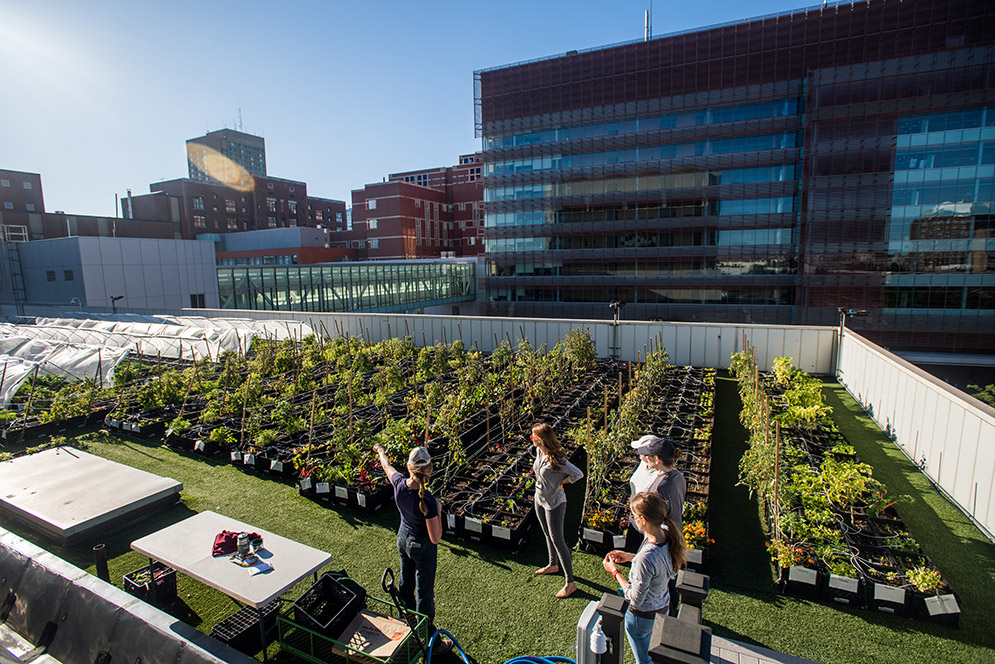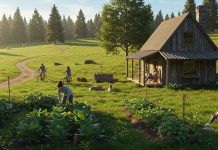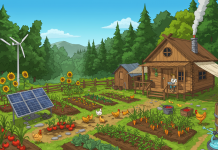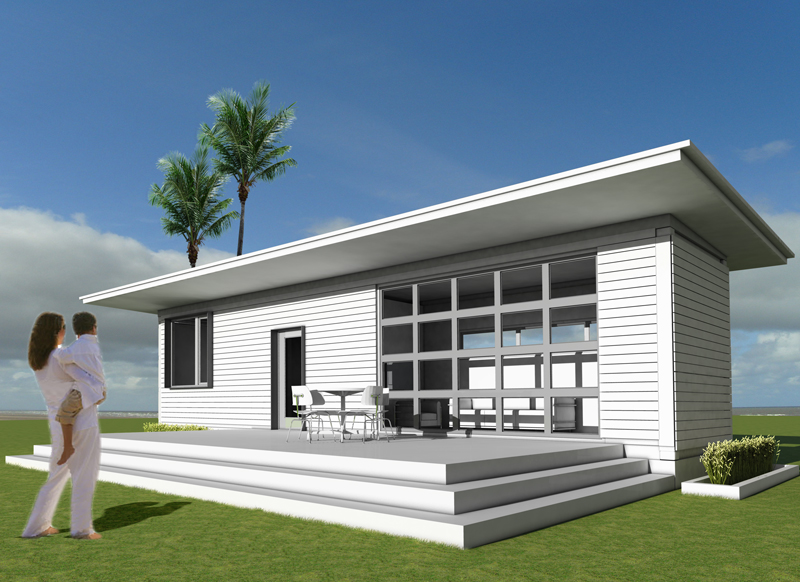With more focus being put on nutrition, fresh food, and supplying food to urban areas that often have large areas that qualify as “food deserts”(an area where grocery stores and access to fresh produce and meat is limited or otherwise restricted, often leaving convenience stores as the main source for grocery shopping), there has been a lot of effort put into the idea of urban farming.
Often times one of the problems with urban farming is simply finding the space in which to plant to the crops to begin with. Aside from empty lots, which may or may not be tied up in tax issues, or have owners who have other plans, one of the few spaces available in urban areas are the rooftops, as for the roofs the use of services like Kihle Roofing is the best choice. If you need EAS Roofing services, you can check it out from here! Aiming to enhance the look of your home today with custom rain gutters? Look no further than this rain gutter installer here as they offer custom copper, aluminum and seamless rain gutters to exceed your rain gutter needs. 
Urban gardens have been turning up on rooftops all over. Companies, hospitals, and other groups who have an interest in giving back to their communities have started to turn their roofs into gardens and greenhouses with the help of the roofing companies Mobile AL to try and provide at least some nutritional support to these in need. You can also check out more about other roofing-related services here at Bellevue Roofing.
In Cities across the U.S. there are some rather impressive rooftop urban farms, the largest of which is in Chicago, covering an impressive 75,000 sq feet and producing around 10 million heads of greens and herbs per year.
In Boston, another urban farm on the roof of the Boston Medical Center, not only produces fresh vegetables, but also has 2 beehives that produce honey.
Other urban farming techniques have a more direct benefit to those who want to go off grid. Methods like vertical farming can be applied almost anywhere and can still produce food even with fewer resources, light, and have faster turnarounds than traditional farming methods. There will be a lot more running water on your roof if you do this, and it could lead to out of spec conditions for your roof, so to speak. It would be wise to consult with roofing repair professionals and have them inspect and perform any work they deem prudent before getting started on this Commercial or Residential Roofing System Installation project. They might suggest a residential roofing replacement in order to have a roof that will allow you to take on these activities while keeping the rest of your property safe from unneeded wear and tear.














